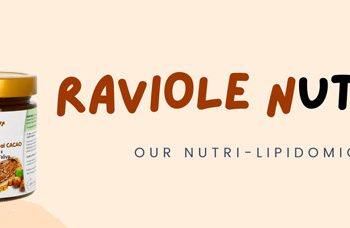
STRENGTHENING THE BODY

LIFE IN DYNAMIC BALANCE
Our life is in a continuous dynamic equilibrium state for which, in response to various types of stresses, our body implements adaptive processes in order to guarantee the maintenance of the state of health.
These requests represent stress factors that trial the body’s balance. Stress commonly has a negative connotation; however, as long as within certain limits, it is a stimulus to reach a new and better balance that leads to the obtaining of adaptive advantages, at the microscopic (cellular) or macroscopic (psychological, immune, muscular …) level.
WHEN IS STRESS TOO MUCH?
It all depends on the relationship between the characteristics of the stressor and the ability of the biological target to react.
Schematically, a stressor has an impact that depends on:
– type, extent and duration of the solicitation
– adaptive and/or regenerative capacity (of the cell, tissue, organism, psyche …).
Just think that that an illness or frailty can transform a normally tolerable stress into something insurmountable.
CELLULAR ADAPTATION and DEFENSE
At the cellular level, a stressor can: trigger an adaptive response, create reversible damage or create irreversible damage and lead to cell death (apoptosis).
The type of response may depend on the type of cell affected. In fact, there are tissues that are continuously renewed through the rapid replacement of damaged cells with new healthy cells (for example: epidermis, gastro-intestinal, respiratory, uro-genital mucosa …)
Instead, if the damage concerns the so-called perennial cells (e.g. neurons and heart muscle cells), the damage leads to an irreversible loss of tissue, which is replenished by connective tissue.
THE CELLULAR RISPONCE
So, if the response to a stressor is subjective, each of us can determine our own state of health, so that the body can adequately manage with daily stresses.
Physical and mental health care, in terms of prevention, depends on exercise, nutrition and sleep.
Today, the life of an individual in the Western world is strongly influenced by low physical activity, sleep disturbances, a stressful lifestyle and an unbalanced diet, poor in nutrients and rich in “junk” food.
CELL REINFORCEMENT with ANTIOXIDANTS
The formation of free radicals is an essential part of vital and adaptive processes, including in the response to infections. For this reason, a healthy organism is able to use them to its own advantage and, afterwards, neutralize them, by producing molecules with antioxidant action (to avoid oxidative damage).
However, environmental factors such as ultraviolet rays (sun exposure), smoke and pollution can consume natural antioxidant defenses.
Fruits and vegetables are rich in antioxidant molecules and for this reason it is always recommended to consume them adequately in the usual diet. In addition, if the need is ascertained, an antioxidant support through supplementation can help the body cope with a moment of poor cell defense.

CELL REINFORCEMENT with POLYUNSATURATED FATTY ACIDS
The response to stressors is also determined by the activation of inflammatory and immune responses. In fact, there are real cellular defense lines, mainly located in the barrier areas of the body (intestinal epithelium, skin, mucous membranes) which are responsible for the effectiveness of the protection against external aggressions.
Through nutrition it is possible to ensure a good immune defense and an anti-inflammatory response; the intake of omega-6 and omega-3 polyunsaturated fatty acids (PUFA) ensures an adequate inflammatory response and its necessary shutdown (resolution).
Specifically, the pro-inflammatory and resolving balance can be guaranteed through the consumption of essential fatty acids linoleic acid (omega-6) and alpha-linolenic acid (omega-3), as well as semi-essential fatty acids (EPA and DHA, omega -3). When needed, the consumption of food supplements, in a balanced formulation aimed at incorporation into the membrane, allows the achievement of the optimal omega-6 and omega-3 ratio.
The information given should in no way replace the direct relationship between health professional and patient.
The food recommendations in the article are not intended as a substitute for a personalized meal plan and are to be adapted to specific cases.
- On 10 December 2021



